

- RFQ
- BOM
-
Contact Us
Tel: +86-0755-83501315
Email: sales@sic-components.com
- Chinese
- English
- French
- German
- Portuguese
- Spanish
- Russian
- Japanese
- Korean
- Arabic
- Irish
- Greek
- Turkish
- Italian
- Danish
- Romanian
- Indonesian
- Czech
- Afrikaans
- Swedish
- Polish
- Basque
- Catalan
- Esperanto
- Hindi
- Lao
- Albanian
- Amharic
- Armenian
- Azerbaijani
- Belarusian
- Bengali
- Bosnian
- Bulgarian
- Cebuano
- Chichewa
- Corsican
- Croatian
- Dutch
- Estonian
- Filipino
- Finnish
- Frisian
- Galician
- Georgian
- Gujarati
- Haitian
- Hausa
- Hawaiian
- Hebrew
- Hmong
- Hungarian
- Icelandic
- Igbo
- Javanese
- Kannada
- Kazakh
- Khmer
- Kurdish
- Kyrgyz
- Latin
- Latvian
- Lithuanian
- Luxembou..
- Macedonian
- Malagasy
- Malay
- Malayalam
- Maltese
- Maori
- Marathi
- Mongolian
- Burmese
- Nepali
- Norwegian
- Pashto
- Persian
- Punjabi
- Serbian
- Sesotho
- Sinhala
- Slovak
- Slovenian
- Somali
- Samoan
- Scots Gaelic
- Shona
- Sindhi
- Sundanese
- Swahili
- Tajik
- Tamil
- Telugu
- Thai
- Ukrainian
- Urdu
- Uzbek
- Vietnamese
- Welsh
- Xhosa
- Yiddish
- Yoruba
- Zulu
- Kinyarwanda
- Tatar
- Oriya
- Turkmen
- Uyghur
External Watchdog Ic
In the complex landscape of modern embedded systems, ensuring reliable operation is of utmost importance. External Watchdog Integrated Circuits (https://www.sic-components.com/integrated-circuits-ics/power-management-pmic/supervisors) play a crucial role in maintaining system integrity. These specialized components act as vigilant monitors, safeguarding against various malfunctions that could otherwise lead to system failures.
Function and Working Principle https://www.sic-components.com/integrated-circuits-ics/power-management-pmic/supervisors
Basic Monitoring Mechanism
External Watchdog ICs operate by continuously monitoring the activity of a microcontroller (MCU) or a larger system. They have an input pin, often referred to as the “watchdog input” (e.g., WDI in many ICs). The MCU is programmed to send periodic pulses or signals to this input, a process commonly known as “feeding the dog.” If the Watchdog IC does not receive this signal within a pre - determined time interval, it assumes that the system has encountered an issue, such as a software glitch, a hardware malfunction, or a disruption in the normal program flow.
Reset Generation
Once the Watchdog IC detects an absence of the expected signal, it takes action. In most cases, this action is the generation of a reset signal (e.g., WDO - Watchdog Output). This reset signal is then connected to the reset pin of the MCU or other relevant components in the system. When the reset signal is asserted, it forces the MCU to restart, effectively clearing any incorrect states and attempting to restore normal operation. For example, in industrial control systems where a sudden software freeze could lead to dangerous situations, the reset triggered by an external watchdog can quickly bring the system back to a known good state.
Key Features of External Watchdog ICs https://www.sic-components.com/integrated-circuits-ics/power-management-pmic/supervisors
Independent Clock Source
One of the significant advantages of external Watchdog ICs is their independent clock source. Unlike internal watchdogs that may rely on the system clock of the MCU, external watchdogs have their own dedicated oscillators. This independence ensures that the watchdog timer continues to function accurately even if the MCU's system clock experiences issues, such as clock glitches, frequency variations, or complete failures. For instance, in automotive applications where the electrical environment can be highly noisy and prone to interference, an external watchdog with an independent clock provides a more reliable monitoring solution.
Adjustable Timeout Periods
External Watchdog ICs typically offer the flexibility to adjust the timeout period. This is crucial as different applications have different requirements for the time interval within which the MCU should “feed the dog.” Some applications may require short timeout periods for rapid detection of glitches, while others, such as those with long - running tasks that take a while to complete a cycle of “feeding the dog,” may need longer timeout settings. Manufacturers often provide various methods to adjust the timeout, such as using external resistors and capacitors. For example, the MAX6752 watchdog IC allows users to adjust the watchdog timeout period and reset pulse width using an external capacitor, enabling customization for different microprocessors and specific application needs.
Power Supply Monitoring
Many advanced external Watchdog ICs also incorporate power supply monitoring capabilities. They can detect when the supply voltage (e.g., VCC) of the system drops below a certain threshold. This is important because power supply fluctuations are a common cause of system malfunctions. When the voltage drops, the Watchdog IC can trigger a reset, preventing the MCU from operating in an unstable or incorrect state due to low power. For example, in portable devices where the battery voltage gradually decreases during use, the power - supply - monitoring feature of an external watchdog can ensure that the system shuts down gracefully or restarts when the voltage is restored to an acceptable level.
Manual Reset and Inhibit Functions
Some external Watchdog ICs come with additional features like manual reset and inhibit functions. The manual reset function allows an operator to manually initiate a reset of the system, which can be useful during system startup, debugging, or in case of emergency. The inhibit function, on the other hand, can be used to temporarily disable the watchdog. This is often required during certain system - initialization procedures or when updating the firmware of the MCU, as the normal “feeding the dog” process may not be possible during these operations. For example, in a production - line setting where multiple units are being programmed, the inhibit function can be used to prevent false resets while the programming is in progress.
Applications of External Watchdog ICs https://www.sic-components.com/integrated-circuits-ics/power-management-pmic/supervisors
Industrial Automation
In industrial automation systems, where machinery and processes need to operate continuously and reliably, external Watchdog ICs are extensively used. For example, in a manufacturing plant, a programmable logic controller (PLC) that controls various production processes may be equipped with an external watchdog. If the PLC's software encounters a problem, such as a task getting stuck in an infinite loop due to interference, the external watchdog will detect the lack of activity and reset the PLC, minimizing production downtime and preventing costly errors.
Medical Devices
Medical devices demand the highest levels of reliability as they are directly related to patient safety. External Watchdog ICs are used in devices such as patient monitors, infusion pumps, and medical imaging equipment. For instance, in a patient monitor that continuously tracks vital signs like heart rate and blood pressure, an external watchdog ensures that any software or hardware glitches do not cause incorrect readings or system failures. If the device's internal processing unit fails to update the watchdog within the set time, the watchdog will reset the system, maintaining the integrity of patient monitoring.
Automotive Electronics
The automotive industry relies on external Watchdog ICs to enhance the reliability of in - vehicle electronics. In modern cars, numerous electronic control units (ECUs) are responsible for functions such as engine control, anti - lock braking systems (ABS), and infotainment. An external watchdog in an ECU can protect against software bugs, electromagnetic interference (EMI), and power supply issues. For example, in an ECU that controls the engine's fuel injection system, a malfunction could lead to inefficient fuel consumption or even engine damage. The external watchdog monitors the ECU's operation and, if necessary, resets it to ensure proper engine performance.
Communication Equipment
Communication devices, such as routers, switches, and base stations, require constant and reliable operation. External Watchdog ICs are used to safeguard these devices from software crashes and hardware failures. In a network router, for example, if the routing software encounters a problem and stops responding, the external watchdog will detect the lack of activity and reset the router, ensuring minimal disruption to network connectivity. This is especially important in critical communication infrastructure where downtime can have a significant impact on businesses and users.
Comparison with Internal Watchdogs https://www.sic-components.com/integrated-circuits-ics/power-management-pmic/supervisors
Reliability
External Watchdog ICs generally offer higher reliability in certain scenarios compared to internal watchdogs. Since they have an independent clock source and are physically separate from the MCU, they are less likely to be affected by the same faults that may occur within the MCU. For example, if the MCU's internal memory experiences a corruption that causes it to malfunction, an internal watchdog running on the same system may also be affected, while an external watchdog will continue to operate independently and detect the issue. However, internal watchdogs can be more cost - effective and convenient for less - critical applications.
Cost and Complexity
In terms of cost, internal watchdogs, which are integrated into the MCU, are more cost - efficient as they do not require additional components. External Watchdog ICs, on the other hand, add to the bill of materials (BOM) cost. Additionally, designing with an external watchdog may introduce some complexity in terms of circuit layout and connection. The PCB layout needs to accommodate the additional component, and the connections between the MCU and the watchdog need to be carefully designed to ensure proper operation. However, for applications where high reliability is non - negotiable, the additional cost and complexity are often acceptable trade - offs.
Flexibility
External Watchdog ICs provide greater flexibility. They can be easily customized to meet the specific requirements of different applications. As mentioned earlier, features like adjustable timeout periods, power - supply monitoring, and manual reset functions can be tailored according to the needs of the system. In contrast, internal watchdogs often have fixed or limited functionality determined by the MCU manufacturer, and it may not be possible to modify their behavior to the same extent as an external watchdog.
Selection Considerations https://www.sic-components.com/integrated-circuits-ics/power-management-pmic/supervisors
Timeout Accuracy Requirements
When choosing an external Watchdog IC, the required timeout accuracy is a critical factor. Some applications demand very precise timeout periods to ensure that the system responds quickly to potential issues. For example, in real - time control systems where a delay in resetting can lead to significant errors, a watchdog with high - accuracy timeout capabilities should be selected. Manufacturers specify the accuracy of the timeout period in the datasheets, usually in terms of a percentage of the set timeout value.
Compatibility with the System
The compatibility of the external Watchdog IC with the existing system components, especially the MCU, is essential. This includes electrical compatibility in terms of voltage levels, current requirements, and signal characteristics. For example, the reset output of the watchdog should be able to drive the reset input of the MCU without issues. Additionally, the communication interface (if any) between the watchdog and the MCU, such as GPIO connections, should be compatible with the MCU's pin configurations and capabilities.
Additional Features Needed
Based on the application requirements, the need for additional features should be evaluated. If power - supply monitoring is crucial for the system's stability, a watchdog with this feature should be chosen. Similarly, if the ability to manually reset the system or inhibit the watchdog during specific operations is required, these features should be considered during the selection process.
Package and Physical Constraints
The package type of the external Watchdog IC may be a limiting factor, especially in applications with space constraints. Small - form - factor packages are available for applications where board space is at a premium, such as in wearable devices or miniaturized medical sensors. On the other hand, larger packages may offer more pins for additional functionality or better heat dissipation, which could be important in high - power or complex systems.
SIC Supplier offers a diverse range of External Watchdog ICs. They carry products like Maxim Integrated's DS1284Q and DS1286+, which combine timekeeping with watchdog functionality. ADI provides watchdog supervisors such as the ADM6316 series. ABLIC's S - 1410 and S - 1411 feature ultra - low current consumption. These ICs ensure system reliability by monitoring microcontrollers and triggering resets when malfunctions occur, catering to various applications from industrial to consumer electronics.
https://www.sic-components.com/integrated-circuits-ics/power-management-pmic/supervisors

Hot Products
View MoreRelated Blogs

2000+
Daily average RFQ Volume

30,000,000
Standard Product Unit

2800+
Worldwide Manufacturers

15,000 m2
In-stock Warehouse



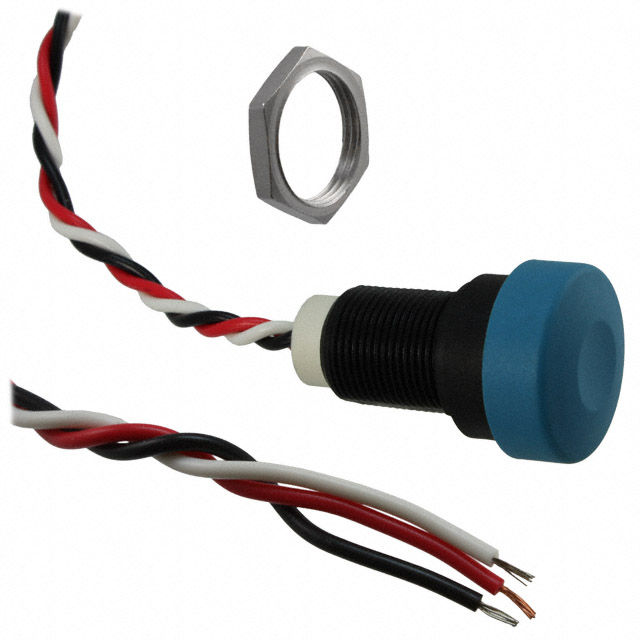

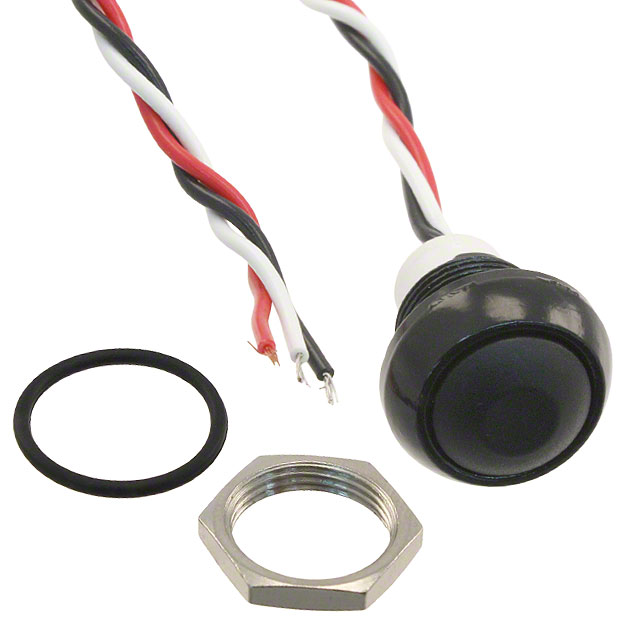
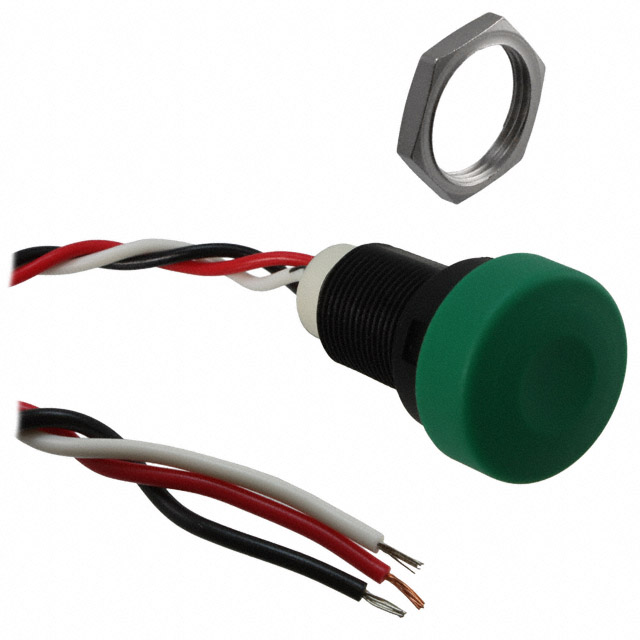
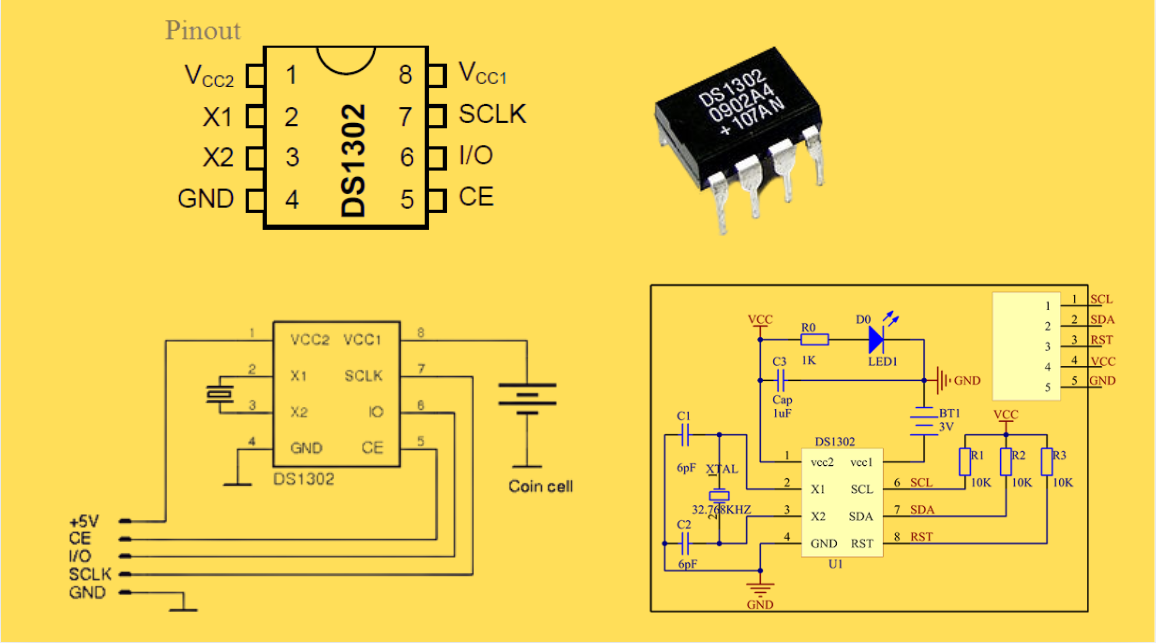
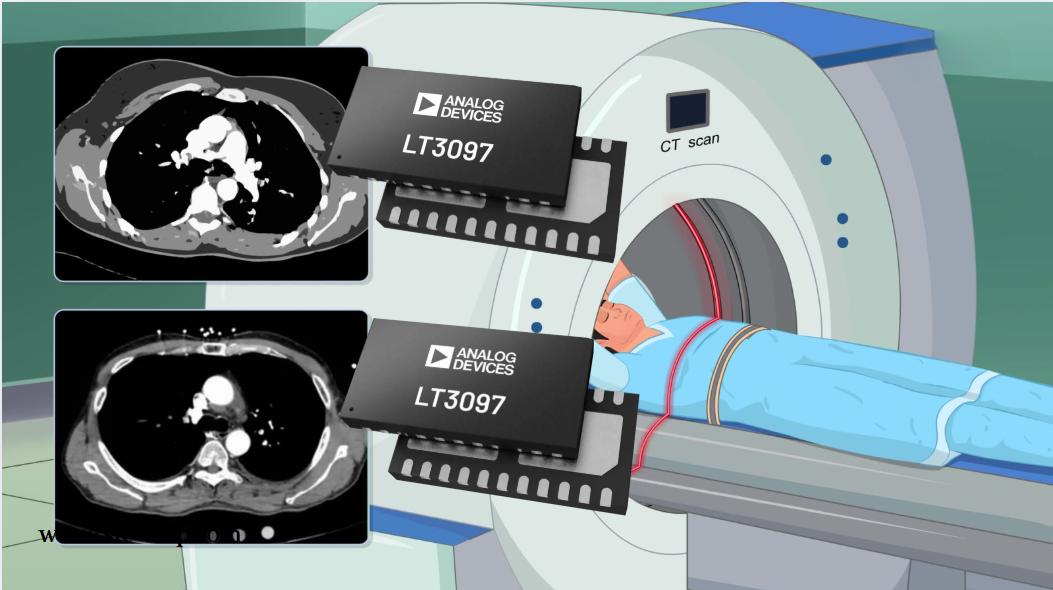
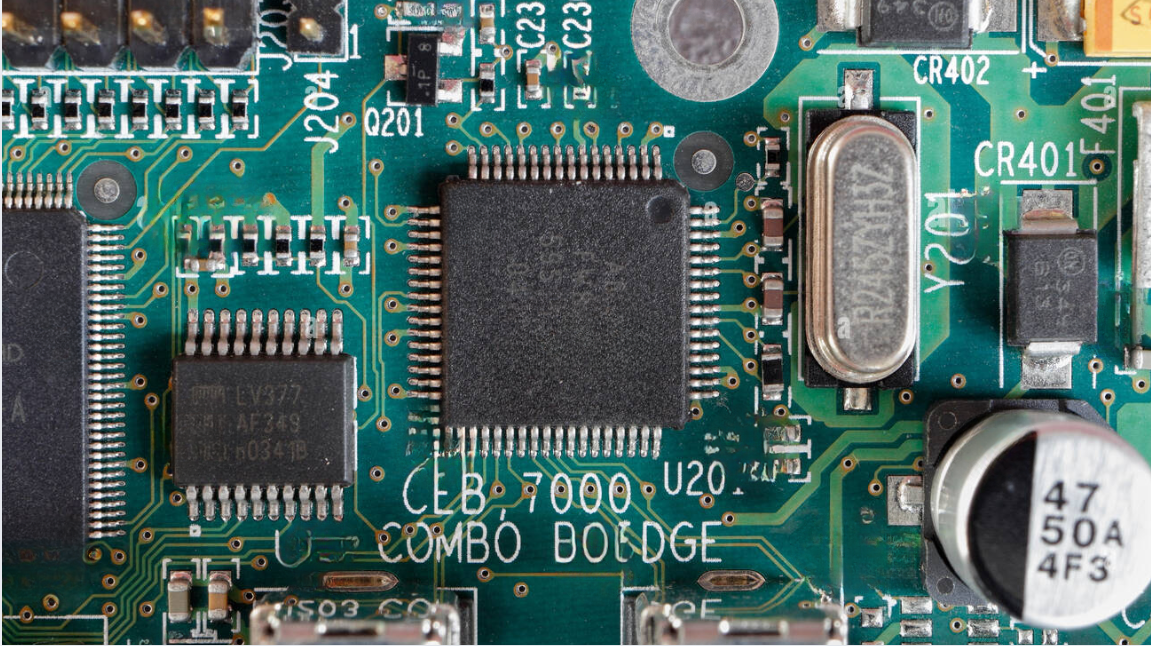
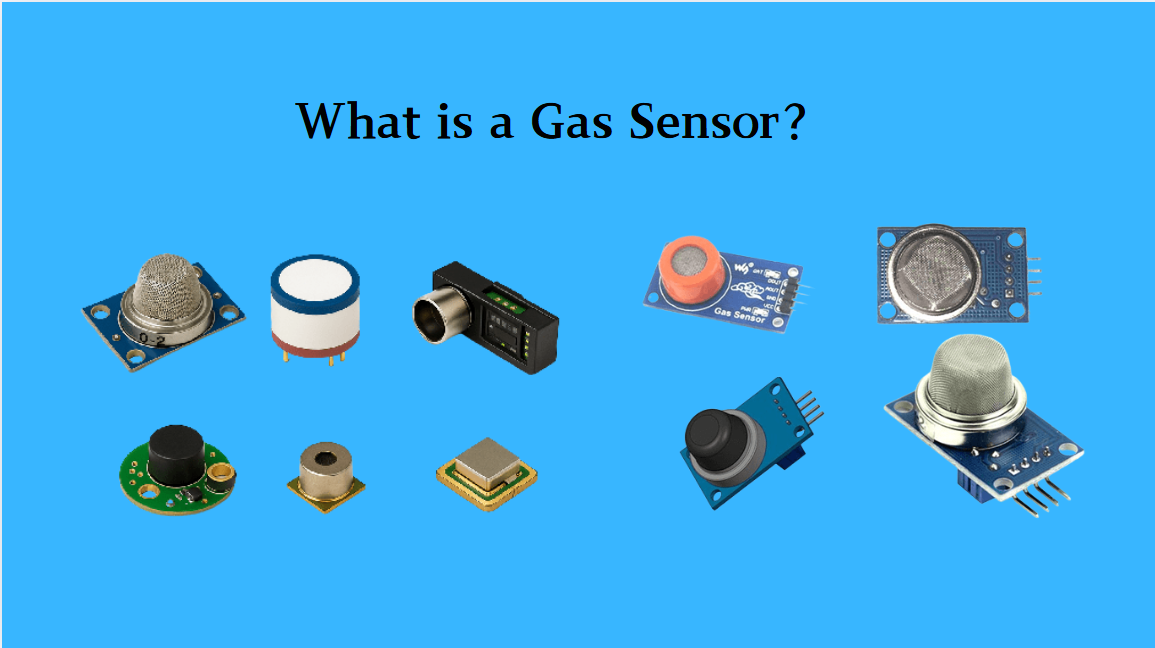
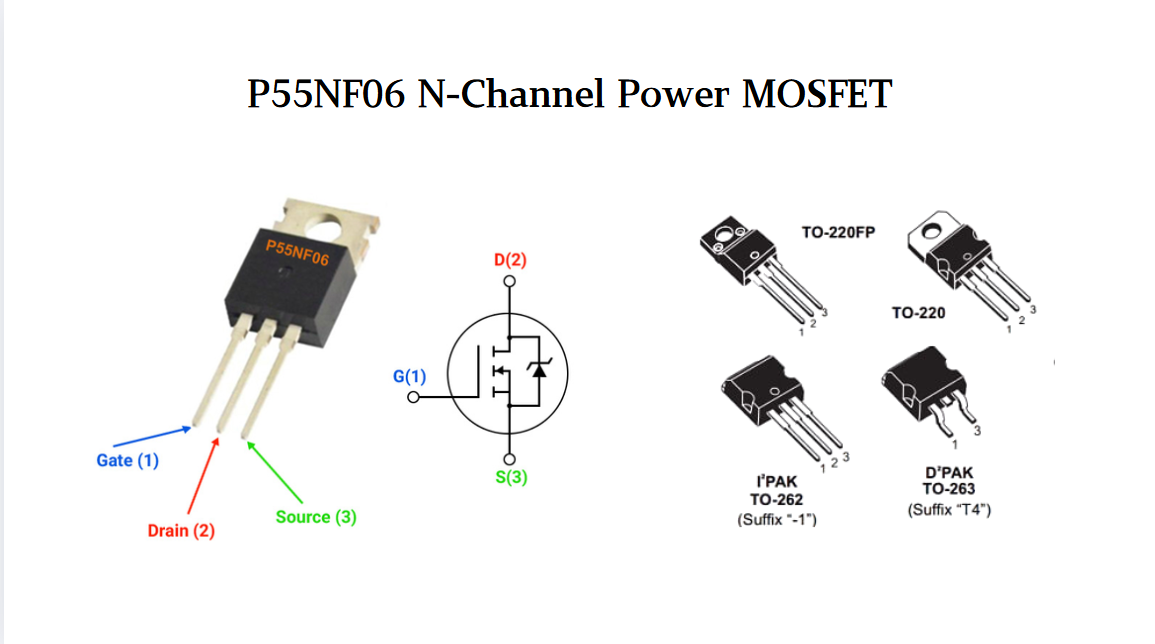

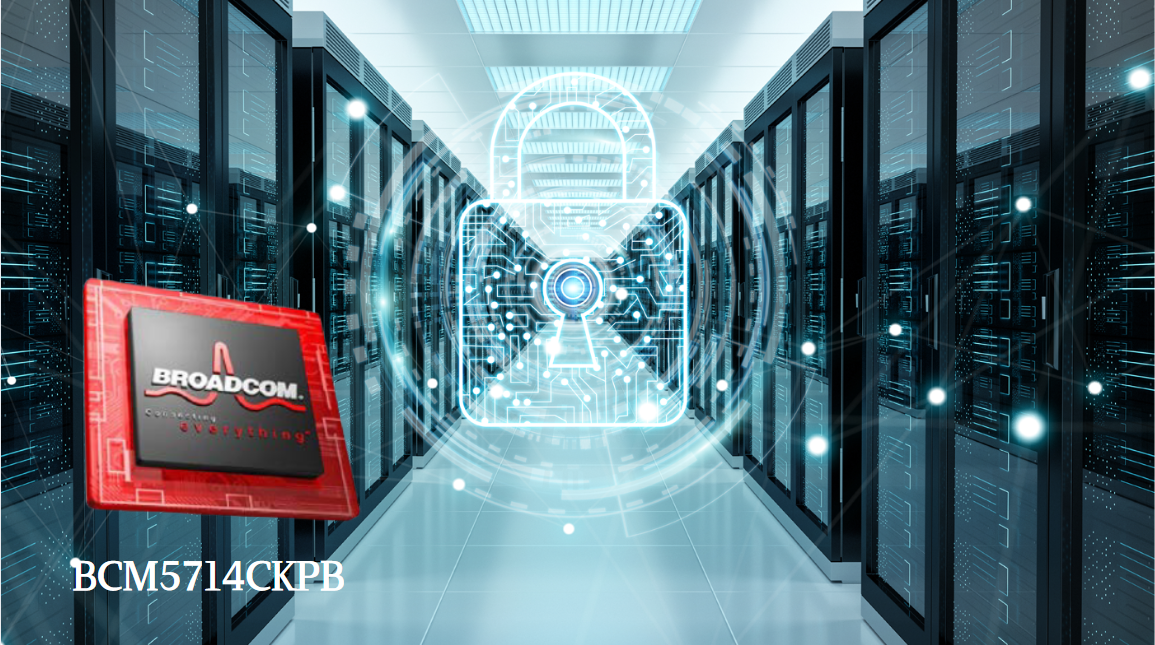
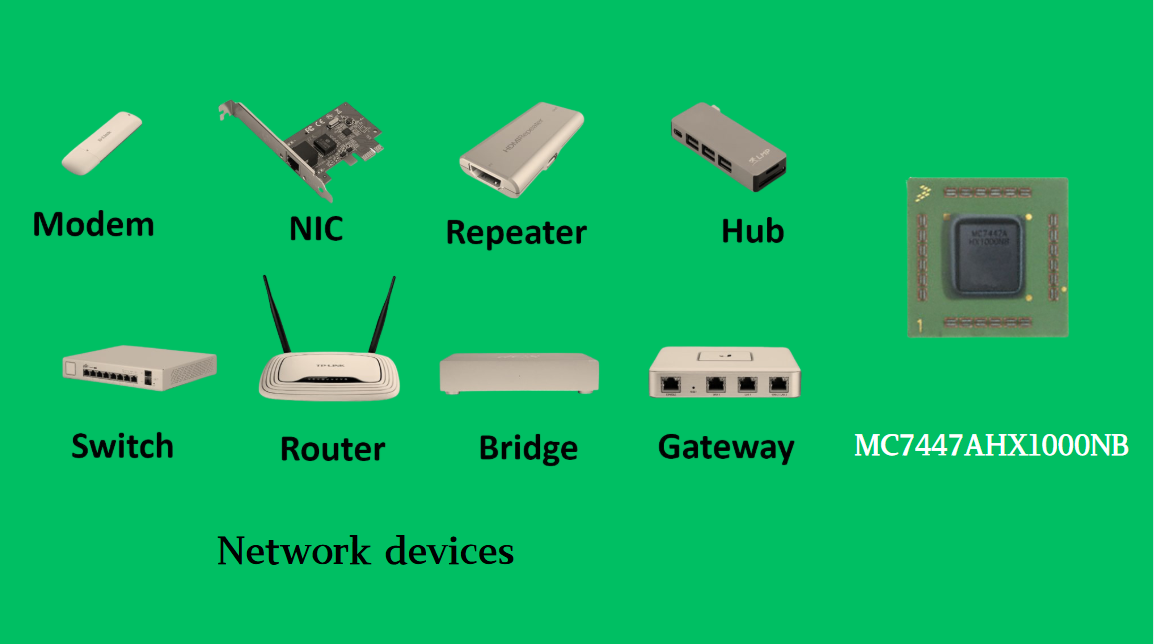

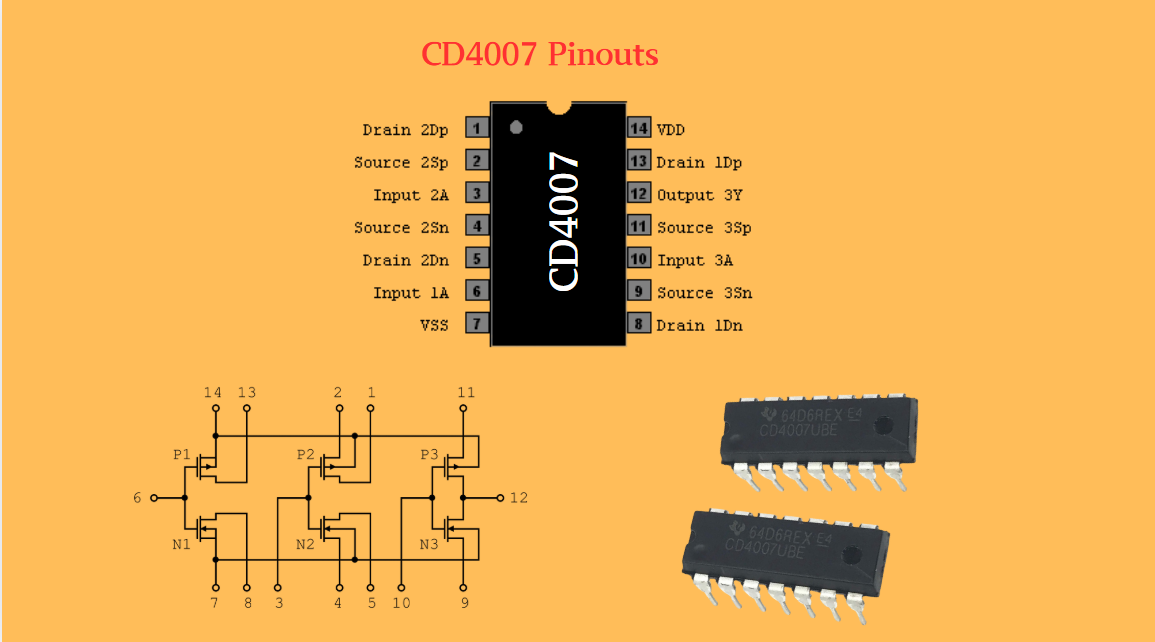
 Wishlist (0 Items)
Wishlist (0 Items)